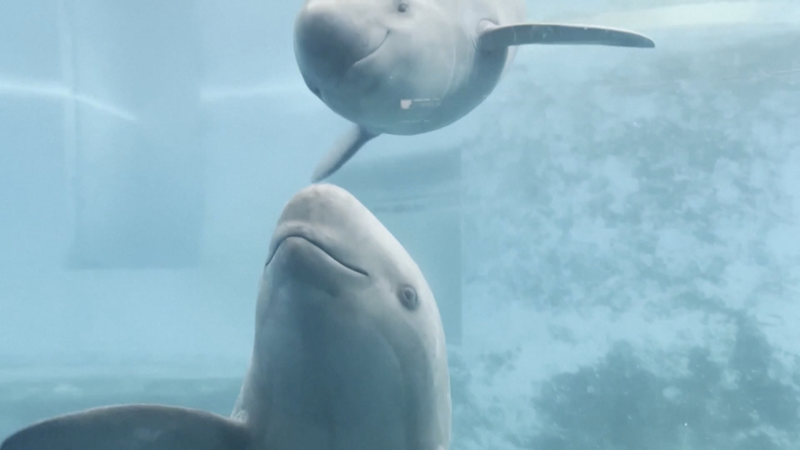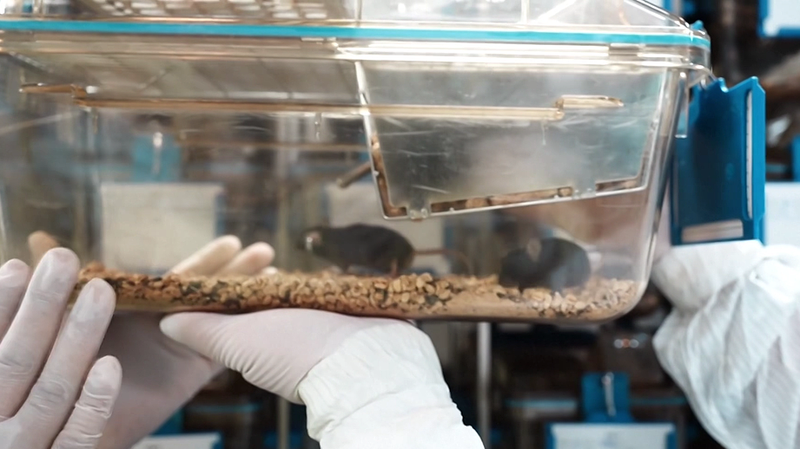In a heartening breakthrough, China has made remarkable strides in conserving the critically endangered Yangtze finless porpoise—an enchanting freshwater cetacean native to the Yangtze River. Thanks to innovative artificial breeding techniques and ultrasonic imaging, researchers at the Chinese Academy of Sciences’ Institute of Hydrobiology are nurturing these gentle creatures in controlled environments.
At the Baiji Dolphin Hall, Tao Tao has become a star as the world’s first Yangtze finless porpoise successfully bred in an artificial setting. Over the years, Tao Tao has provided invaluable insights into species conservation, inspiring researchers to push the boundaries of ex-situ breeding. Now, with two female porpoises confirmed as pregnant, adorable calves are expected as soon as next year. 🐬💙
Associate researcher Hao Yujiang explained, "This indicates that the Yangtze finless porpoise can thrive in an artificial environment, as the entire natural breeding process—pregnancy, parturition, and the development of calves—has been successfully completed." This scientific milestone is bolstered by the establishment of eight natural reserves and three ex-situ conservation areas along the Yangtze, aimed at giving these remarkable creatures a fighting chance.
Recent surveys have revealed a promising rebound in the porpoise population, rising from 1,012 in 2017 to 1,249 in 2022. This success not only marks a win for wildlife conservation but also serves as a barometer for the health of the Yangtze River ecosystem.
Stay tuned for more updates on this exciting conservation journey, where science meets nature's resilience in a vibrant blend of innovation and hope. 🌊✨
Reference(s):
Artificial breeding boosts critically endangered porpoise population
cgtn.com




